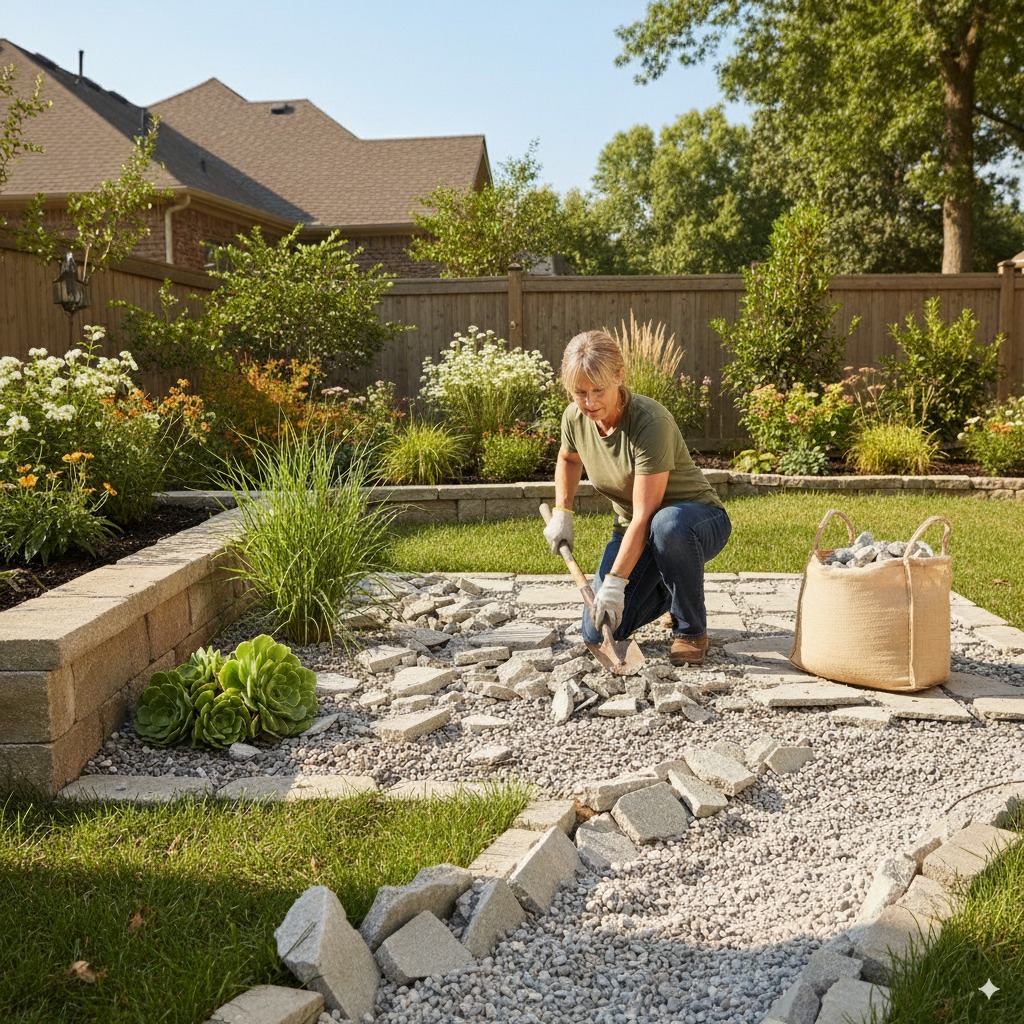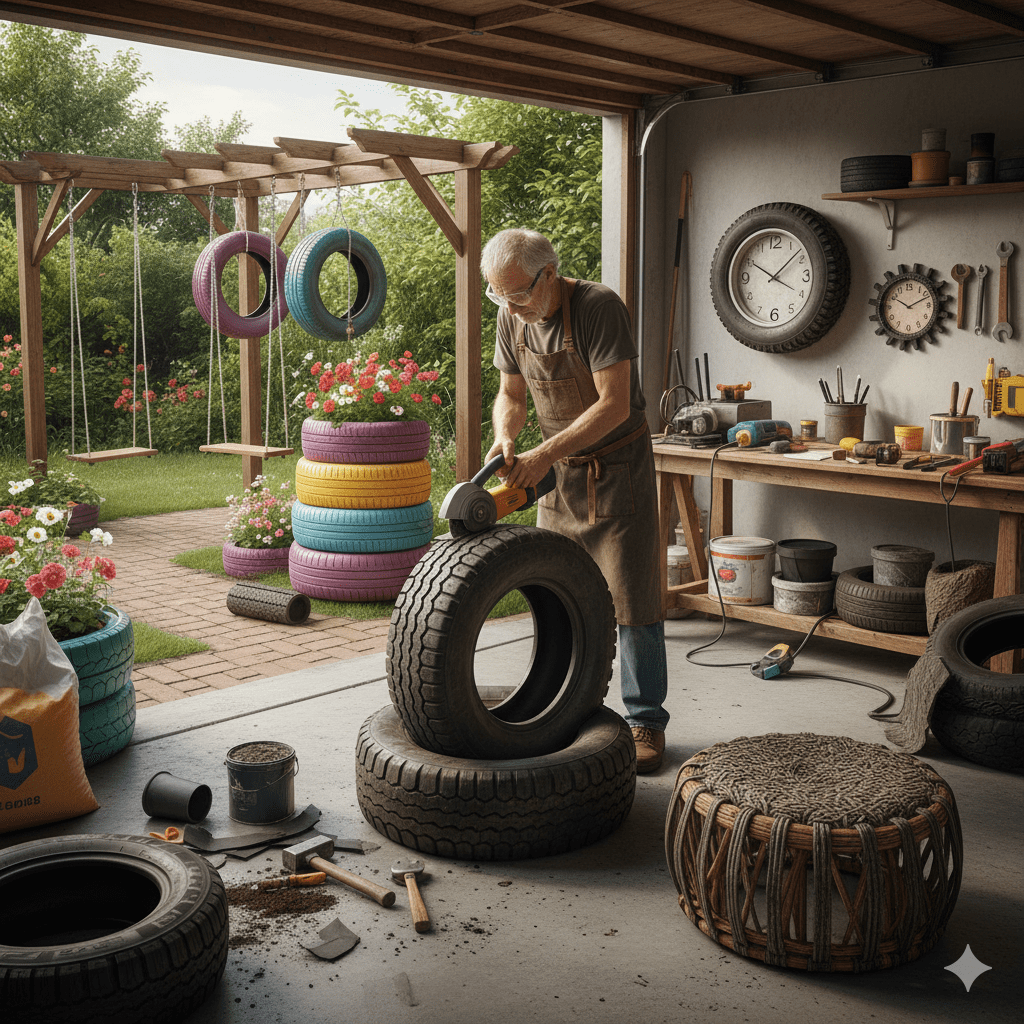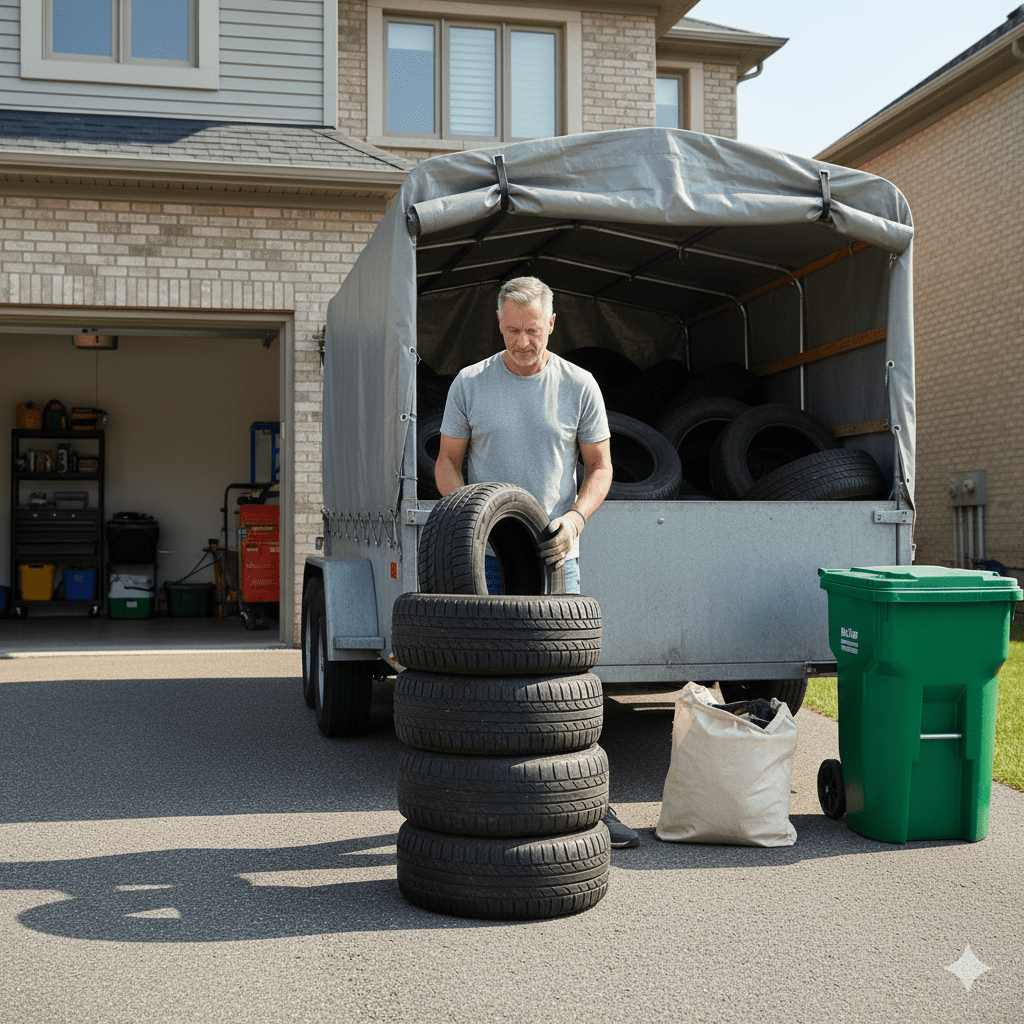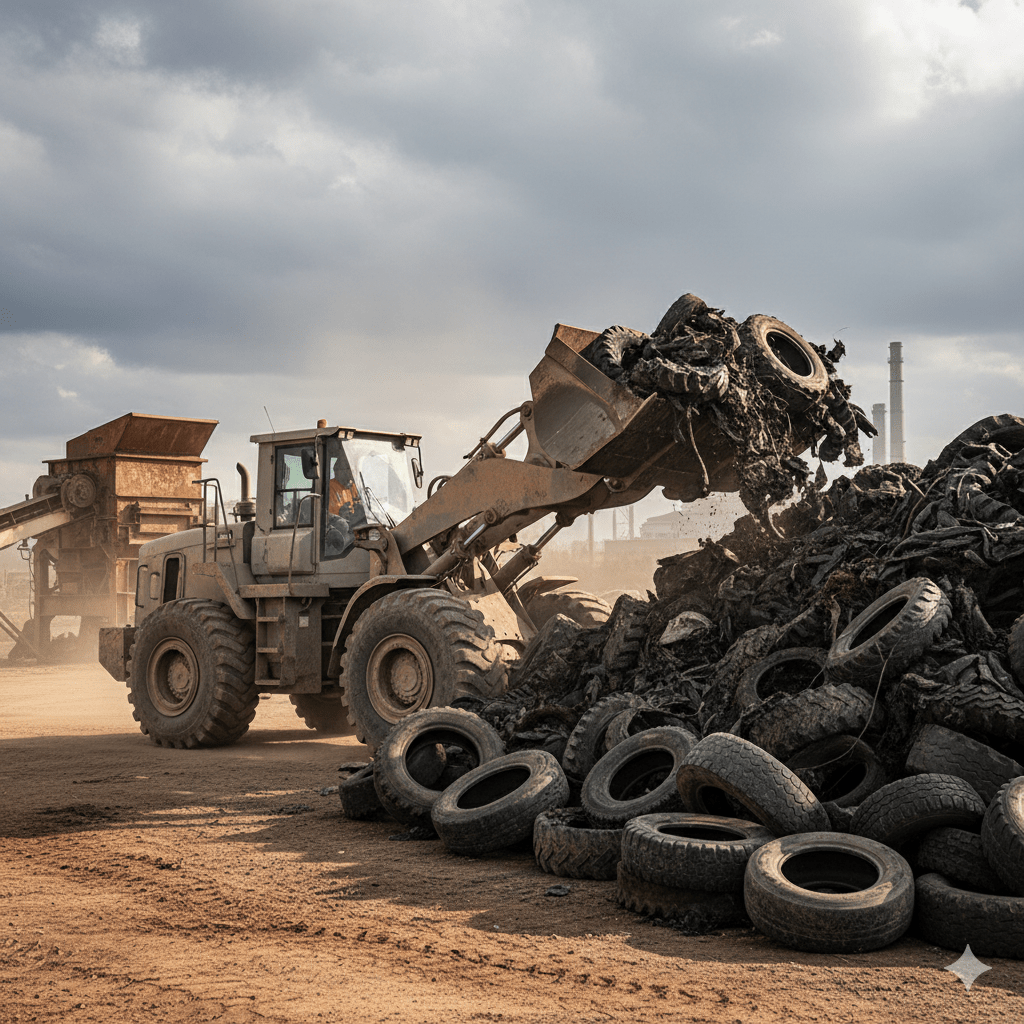Concrete doesn’t always need a dramatic exit. Sometimes it wants a makeover, a reassignment, or a quieter retirement in the garden where nobody asks questions. Before you rent a breaker and declare war, ask the only question that matters: does this slab have to leave, or can it change jobs? If it can change jobs, you save money, cut noise, and dodge the dump fees that multiply like rabbits. Here’s how to think like a realist, not a wrecking ball.
Resurfacing or Overlaying Existing Concrete
If the structure holds and the base isn’t doing yoga in the frost, you can build up instead of tear out.
- When it works: hairline cracks, cosmetic spalls, light pitting, sun-faded messes. The slab stays put, gets resurfaced, and pretends it was always this good-looking.
- When it doesn’t: heaving, pumping, active structural cracks, swampy subgrade, or pieces that move when you walk. If the base lies, the overlay dies.
Options that actually last:
- Polymer-modified overlays (⅛”–¼”): bond well, take texture, handle light traffic.
- Self-leveling underlayments (interior): flatten, then finish with a wear layer or coating.
- Microtoppings (paper-thin): designer finishes for patios and interiors—beautiful, not indestructible.
- Bonded vs. unbonded: bonded rides the slab’s mood swings; unbonded floats but needs thickness and edges planned like a real floor.
Prep is the deal breaker: grind to a concrete surface profile (CSP) that matches the product, chase and fill cracks, test for moisture, and honor control joints through the new layer. Skipping prep is how you buy a redo.
Decorative Options for Old Concrete
You want “nice,” not “new.” Great—dress the slab and keep the wallet.
- Stains & dyes: acid stain for variegated earth tones, dyes for bolder color. UV-stable sealer outside, unless you enjoy watching pigments ghost away.
- Stamped overlays: the look of stone or wood without importing a quarry. Needs real prep and joint planning to avoid the “sheet vinyl” vibe.
- Saw-cut grids & borders: score clean lines after staining; instant architecture for plain patios.
- Quartz/flake broadcast coatings (garages): tough, light-reflective, easy to clean. Add anti-slip in wet zones.
- Broom or knockdown textures: refresh traction on walks and pool decks without shouting about it.
Rule of thumb: slip resistance beats gloss on any surface that sees water. Beauty shouldn’t put you on crutches.

Incorporating Concrete into Landscaping Features
If removal still happens, keep the material working for you. Broken slab doesn’t have to become landfill; it can become urbanite—reclaimed concrete with a second life.
- Stepping stones & paths: cut or break into 18–24″ pieces, flip smooth side up, set on compacted base with tight joints.
- Retaining walls & terracing: stack thicker chunks like stone; lean back into the slope, add drainage gravel and filter fabric so pressure doesn’t win.
- Garden beds & borders: edge planters, define beds, build low benches. Concrete ages into a “found” look faster than new block.
- Dry creek beds & erosion control: irregular pieces make convincing riprap where water wants a road.
- Gabions: wire baskets filled with cleaned chunks = modern, bulletproof, and weirdly elegant.
Prep pays: knock off rebar nubs, pressure-wash, and sort by size so you design instead of rummage.
Techniques for Reusing and Recycling Concrete
If the yard won’t take it, the recycler will—if you play by their rules.
- On-site reuse: crush with a plate compactor and use as base for patios/paths (well compacted, in lifts). Free base rock beats buying gravel at full retail.
- Clean loads = cheap loads: no dirt, no trash, minimal steel. Mixed loads cost more and sometimes get turned away.
- Crushed aggregate: recyclers turn chunks into ¾” minus that performs beautifully under new hardscape. You may even buy back your old driveway—poetic and practical.
- Donation & local exchanges: that stack of “urbanite” can help someone’s path, not your landfill stats.
Keep scale tickets and facility names. Paper trails make city inspectors and future you happy.
Considering Eco-Friendly Removal Alternatives
If full demo still makes sense, soften the footprint.
- Partial removal & rubblization: cut only what you need gone; crush and compact the rest in place as engineered base. Less hauling, less new rock.
- Hydraulic splitters or expansive grout: quiet breakage with minimal vibration—good near foundations, glass, or fragile landscapes.
- Hydrodemolition (selective removal): water jets peel off bad concrete while saving good sub-slab or rebar—powerful on rehab projects.
- Low-carbon rebuilds: when you pour back, specify mixes with SCMs (slag, fly ash, calcined clay blends) and recycled aggregate. You’ll cut embodied carbon without sacrificing performance.
- Dust and slurry discipline: wet-cut, capture, and dispose properly. “The storm drain will figure it out” is not a plan.
And if this all feels like juggling chainsaws? That’s the sign to phone a specialist. The best concrete services stack these options in sequence—overlay when it’s smart, reclaim when it’s tidy, recycle when it’s right, and only swing hard when the site demands it.
Bottom line
Not every slab deserves a noisy goodbye. Sometimes the smartest move is a thin overlay, a fresh face, or a quiet reassignment to the garden wall. Sometimes you let recyclers chew it up and you buy it back as base rock. The point isn’t romance; it’s results—less waste, lower cost, faster turnaround, and a property that looks intentional instead of exhausted. Choose change where you can, removal where you must, and you’ll spend more time using your space and less time apologizing to it.






